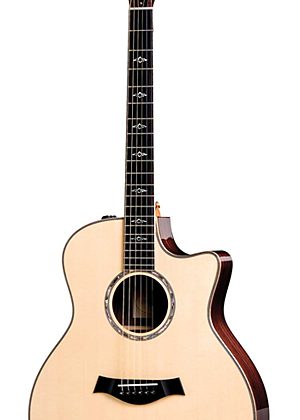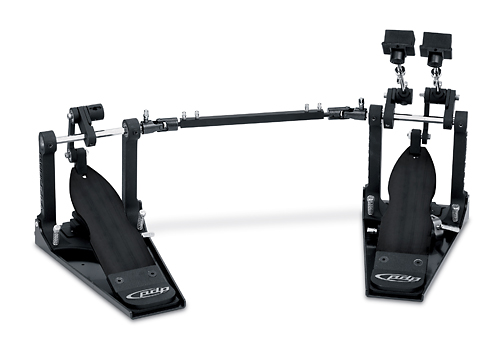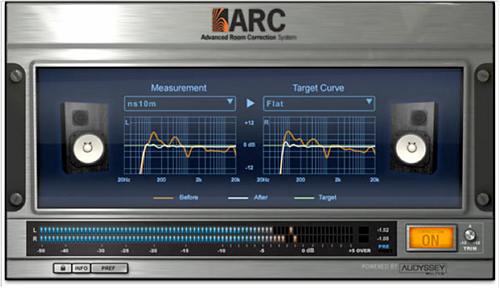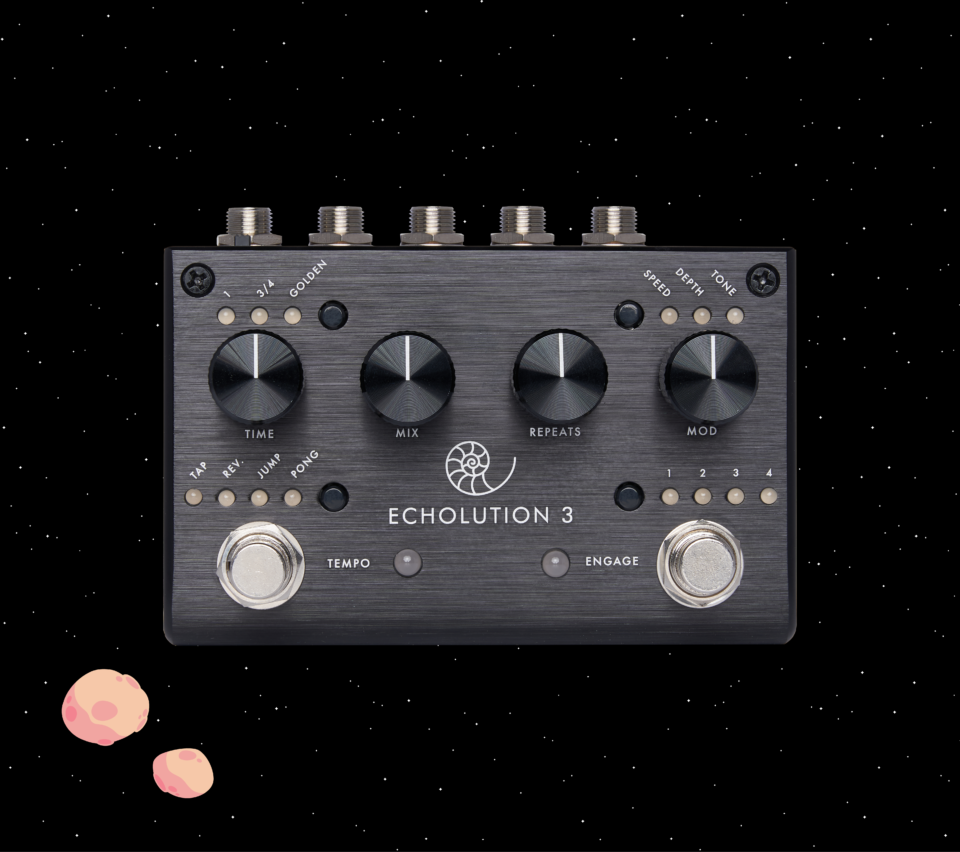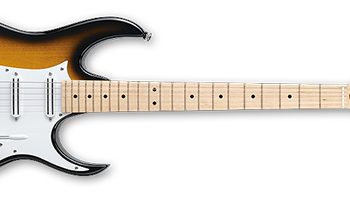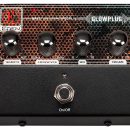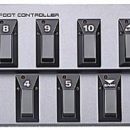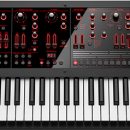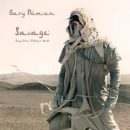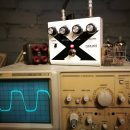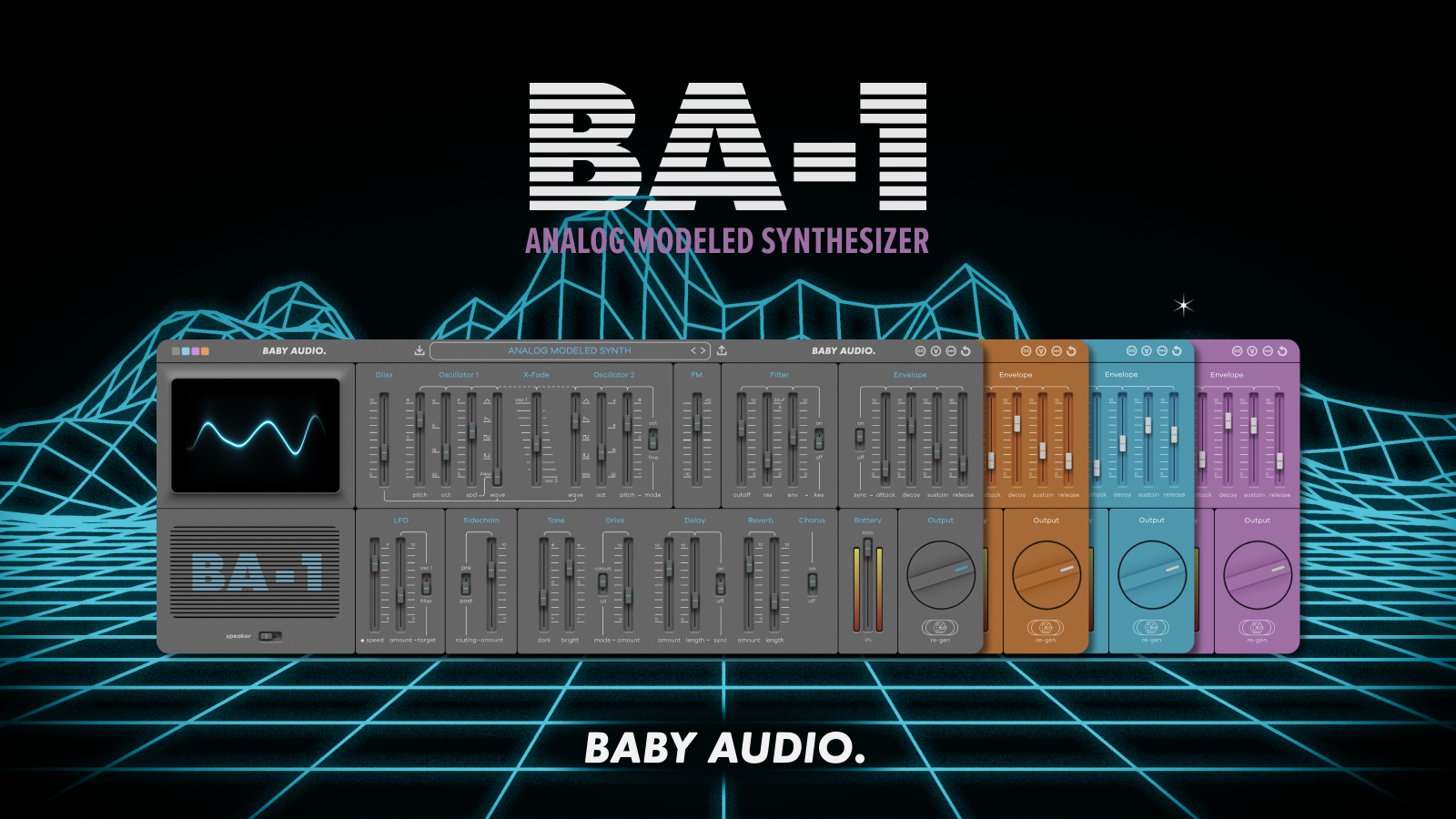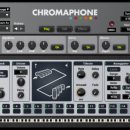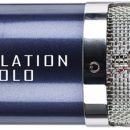 A title or name containing the word Grand needs to command a high level of respect and authority. And when we think of the word Symphony, we think of the world’s best musicians playing the finest instruments, resulting in beautiful music with the finest quality tone. We’re happy to note (pun intended) that the Taylor 816ce Grand Symphony lives up to its name, providing a rich and balanced tone with a bright top and presence that hit you like the finest bouquet on an aged bottle of cabernet sauvignon.
A title or name containing the word Grand needs to command a high level of respect and authority. And when we think of the word Symphony, we think of the world’s best musicians playing the finest instruments, resulting in beautiful music with the finest quality tone. We’re happy to note (pun intended) that the Taylor 816ce Grand Symphony lives up to its name, providing a rich and balanced tone with a bright top and presence that hit you like the finest bouquet on an aged bottle of cabernet sauvignon.
Taylor Guitars are (as you undoubtedly know) one of the master acoustic and acoustic-electric guitar builders in America, and they routinely impress us with their excellent craftsmanship and artisan detail, fine playability, and great tone, whether it’s from a traditional acoustic like the 816ce, a hybrid instrument like the T5, or their new line of solid-body electric guitars.
| Category | Value | Rating |
| Features | 20% | |
| Usability | 25% | |
| Sound | 25% | |
| Documentation & Support | 10% | |
| Price | 20% | |
|
|
||
| OVERALL RATING = 3.6, which earns it a WIHO Award! 3.6 stars or better: Outstanding, WIHO Award 3 stars or better: Worth considering 2 stars or better: Suited to specific needs 1 star or less: Not recommended |
||
With a lofty price tag, certainly the Taylor 816ce isn’t for everybody. But the real question is, is it the right acoustic for you? Let’s find out!
Features
The Taylor 816ce Grand Symphony Cutaway Acoustic/Electric Guitar contains all the amenities one would expect to find on a professional level instrument. This instrument is indeed “Grand.”
The Taylor 816ce GS is constructed of Indian rosewood back, sides, and headstock overlay, with a natural Sitka spruce top. The truss rod adjustable neck consists of American mahogany with an ebony fretboard and matching ebony bridge. One of the many beautiful details lies around the edges: the entire guitar from body to headstock is outlined using maple binding. The soundhole is outlined by an abalone rosette which compliments the ornate mother-of-pearl inlay fret markers. In direct contact with the strings, the nut and saddle are made from a Tusq polymer. The Taylor 800 series comes equipped with gold plated Taylor tuners.
For an in-depth look at measurements:
- Scale length: 25.5 inches
- Neck width at nut: 1.75 inches
- Number of frets: 20
- Fretboard radius: 15 inches
- Body width: 16.25 inches
- Body depth: 4 5/8 inches
- Body length: 20 inches
- Overall Length: 42 inches
For electric-acoustic applications, the Taylor 816ce is equipped with the Taylor Expression System consisting of Taylor’s proprietary sensing technology. The system utilizes the entire soundboard of the guitar, capturing sound via two strategically placed Dynamic Body Sensors and a patented Dynamic String Sensor mounted beneath the fretboard. The sensors convert the vibrations to an electronic signal being fed through the ES preamp and to an amp, mixer or recording application.
The control features of the Taylor Expression System are straightforward: Volume, Treble, and Bass, and the preamp can accommodate both a standard ¼ inch instrument cable or an XLR cable for balanced line level input.
The Taylor Expression System is powered by a nine-volt battery, which is easily accessed through an external battery compartment door. And as with other Taylor guitars equipped with onboard electronics, the 816ce includes Taylor’s Fused String Ground feature which can help save you from electric shock should you be unfortunately enough to encounter a poorly grounded (or not at all) PA system.
Our only complaint is that the onboard preamp lacks a built-in tuner. We’ve become so accustomed to on-board preamps featuring a tuner that it’s a surprising omission.
The 816ce comes equipped with a stylish, faux alligator leather hardshell case custom fitted to the guitar.
Options include a Tobacco Sunburst top and a Left-Handed model as well.
Usability
The Taylor 816ce Grand Symphony carries on the tradition of great playing instruments. We found one of the greatest attributes of Taylor guitars to be the consistency of their necks. The action is set just right to provide hours of comfortable playing, and the satin finish on the back of the neck is equally comfortable. Another effective attribute is the body cutaway on the 816ce, allowing full access to the upper reaches of the neck. Acoustics aren’t just for low end chord comping, you know – there’s a whole other universe in the upper registers just begging to be explored!
The Taylor 816ce we reviewed stayed well in tune for days at a time – literally! The Taylor tuners provided smooth adjustment without any slip or binding. Also contributing to consistent tuning and easy string glide is certainly the nut and bridge made from Tusq. We didn’t experience the string binding you might typically experience from other composite materials.
The Taylor Expression System was extremely easy to use from a plug-and-play perspective. Connecting the guitar to an amp or mixer can easily be done via a standard ¼ inch instrument cable. However, the Taylor Expression System can also be connected via a ¼ inch TRS-to-XLR cable for balanced connections without a DI box. Once connected, setting levels was simple via the Volume, Treble and Bass controls located on the side of the guitar body close to the neck.
The controls each contain a center detent that identifies the middle level for Volume control and the off/flat positions for the Treble and Bass controls. This made it simple to dial in a perfectly neutral setting before making adjustments. The rubberized control knobs were easy to adjust.
An LED indicating battery life is located on the preamp and can be seen through the soundhole of the guitar. Power is activated/deactivated via the insertion or removal of an instrument cable. We played the Taylor for days at a time while recording in the studio without ever reaching the point of a drained battery. Taylor states that a new Duracell battery will provide fifty hours of plugged-in operation. The easy access battery compartment door makes battery changes a breeze – no string removal necessary.
Sound
As a true acoustic guitar, we fell in love with the 816ce Grand Symphony. The spectrum of tone was very well balanced from low to mid to high. What really caught our ears was the presence and piano string-like sparkle vibrating from the guitar. It was crystal clear and pristine, and was a subtle detail that set this guitar’s tone apart from some other high-end acoustic guitars that we’ve played. The lows were equally round and full without any hint of muddiness. The even, full bodied sound just bloomed from the sound hole of the guitar with excellent sustain and smooth decay.
Though the onboard electronics sound very good, they don’t capture all the subtleties of this guitar’s finest acoustic details. But no pickup system is capable of delivering 100% of an acoustic guitar’s tone. Part of what we perceive as an acoustic guitar’s great tone comes from what we hear in front of the instrument — sound projected through the sound hole; not what we might hear inside the guitar. In a live setting, the subtle difference in sound certainly won’t make a difference that anyone would notice — even to you as the performer.
 For recording purposes, this guitar wants (or should we say deserves?) great condenser mics in front to capture all of its incredible tone. But we’ll get to that after exploring the electronics further.
For recording purposes, this guitar wants (or should we say deserves?) great condenser mics in front to capture all of its incredible tone. But we’ll get to that after exploring the electronics further.
In testing the Taylor Expression system, we first plugged the guitar directly into a Mesa/Boogie Lone Star amplifier. True, it’s not your optimal output device for an acoustic guitar, but we weren’t in our recording studio at the time and we were really curious to hear the guitar plugged in! (Plus, our electric guitar readers would probably try this anyway in the absence of a good acoustic guitar amplifier.) So, starting out with the worst-case scenario, setting the Volume, Treble and Bass to center detent (neutral) and using our clean channel performed quite well transferring acoustic characteristics, and maintaining the pristine clarity we experienced unplugged. The guitar’s tone controls had only a subtle effect on our sound compared to some other pickup systems we’ve used (including on other Taylor guitars such as the T5 series).
After we got back into our studio, we gave the Expression system a more thorough review. When plugged directly into our recording console, the tone controls had a more noticeable effect, providing a wide range of tonal options. As with most EQ controls, increasing high frequencies too much added some noise.
We also tested the 816ce going through our favorite L.R. Baggs Para Acoustic DI into a PA system (the Para Acoustic DI is optimized for acoustic guitars with onboard electronics). Though certainly not required to achieve excellent tone from the Taylor 816ce GS, the DI provided an enhanced tonal spectrum — kind of like adding sugar on top of… sugar! As with all instruments, if you start out with a great sounding instrument, adding enhancements via EQ (or this DI) can enhance the grand qualities of the instrument. They certainly did with this guitar!
Feedback from the onboard electronics was beautifully controlled, too. With the 816ce, you should be just fine leaving your prophylactic sound hole cover at home.
When we talk about great tone, we typically have some sort of reference in our head to start with. This certainly applies when shopping for an acoustic guitar. You may hear a modern country pop tune in your head, with its studio polished brilliance, or you might hear a Seattle grunge classic with its lo-fi character. Even your mood at the time will influence which kind of tone makes you go “Wow.”
Usually, a great sounding instrument can fit multiple applications and styles, and this is certainly the case with the Taylor 816ce GS. It has the type of bright, woodsy tone that would fit any genre of music warranting a genuine acoustic guitar tone. Pop, rock, jazz, country, folk… bring it on! Far from mellow, The 816ce packs a very dominant presence, able to cut through a complex mix of instruments adding acoustic timbre and definition combined with the brilliance of a plucked piano string.
Documentation and Product Support
Taylor Guitars provided an effective menu of documentation to help familiarize the new owner with the instrument itself as well as information on how to properly care for an acoustic guitar. After all, they are a bit more delicate than your solidbody electrics!
For those of you who learn better from visual tutorials, Taylor supplies a DVD to help familiarize you with the guitar; most importantly, the Taylor Expression System. Printed documentation is also provided covering the same information.
Most impressive was the supplemental documentation that provided extremely important care instructions relating to the humidity requirements of an acoustic instrument. The documents go into extreme detail regarding “Symptoms of a Wet Guitar,” “Symptoms of a Dry Guitar,” and “Using a Guitar Humidifier.” We can’t tell you how many acoustic guitars we’ve come across through private instruction that were almost ruined to the point of being unusable because no one ever explained to the owners the importance of how to properly care for an acoustic guitar. We found this documentation to be just as valuable as an insurance policy to help protect your treasured investment.
Want to find out more? Visit the Taylor website and check out their Tech Sheets.
Price
The finest hand-made acoustic guitars do not come cheap, and the Taylor 816ce Grand Symphony acoustic/electric guitar ($4,058 MSRP) is certainly no exception. Fortunately, it can be found online for approximately $3,000.
Yes, there are less expensive acoustic guitars that also sound great (including plenty of other models from Taylor). But if you’re looking for an acoustic/electric guitar of unsurpassed craftsmanship where beauty is in the subtle details (inlays, bindings, etc.), and that provides impeccable tone (down to subtle nuances that you’ll appreciate but fans may only hear in your studio recordings), the Taylor 816ce Grand Symphony will certain be a top contender on your list.
Contact Information
Taylor Guitars
www.taylorguitars.com
Evaluation Short-List
Martin DC-28E Dreadnought Acoustic/Electric
Alvarez DYM95C Yairi Masterworks Cutaway Acoustic/Electric

